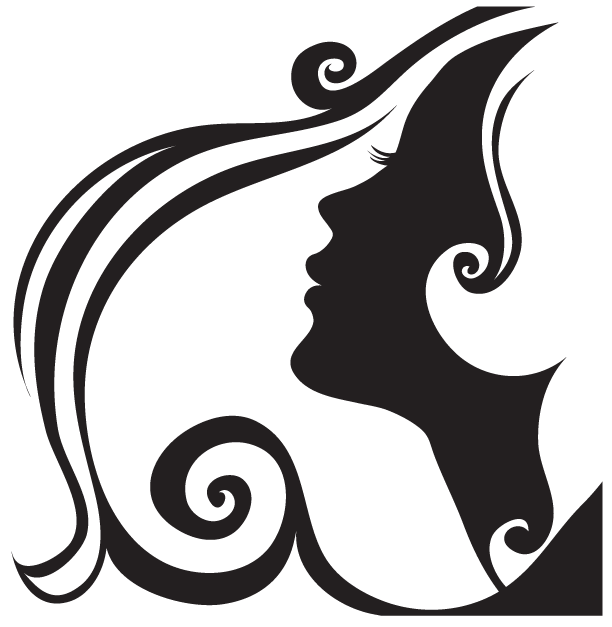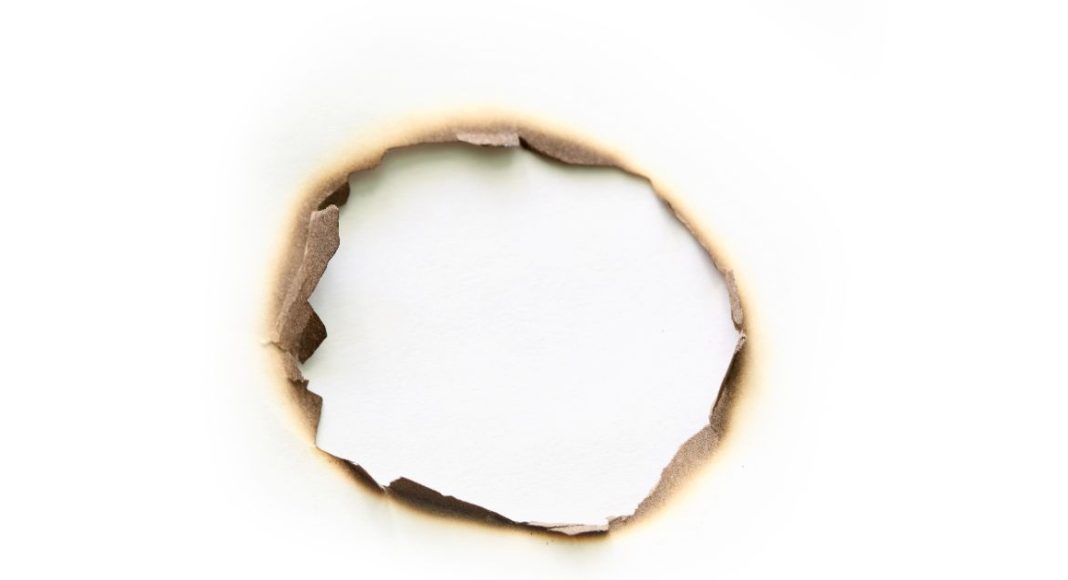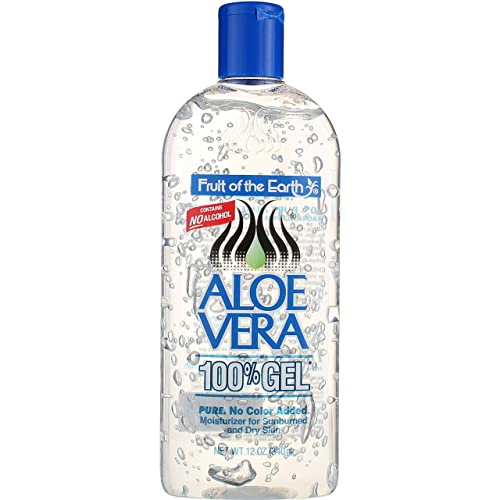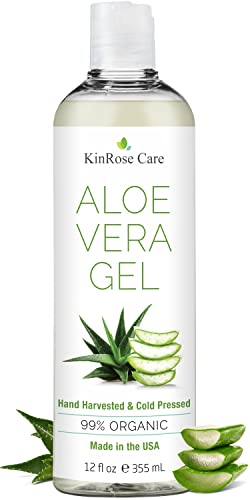Hey there, follicle enthusiasts and accidental fire-breathers! Today, we’re diving headfirst into the sizzling world of hair dryer mishaps. Picture this: you’re in a rush to get ready, you’ve got your hair dryer in one hand, and suddenly, bam! You’ve got a roasted scalp that could rival the surface of the sun. But fret not, because we’re here to rescue your frazzled follicles with some scalp-saving tips and tricks! We’ll show you how to treat that crispy crown of yours and turn your hair dryer mishap into a hair-raising adventure in recovery. So grab your sense of humor (because we’re gonna need it!) and let’s get cracking on how to soothe that scorched scalp. In this blog post, you will learn how to treat burned scalp from hair dryer.
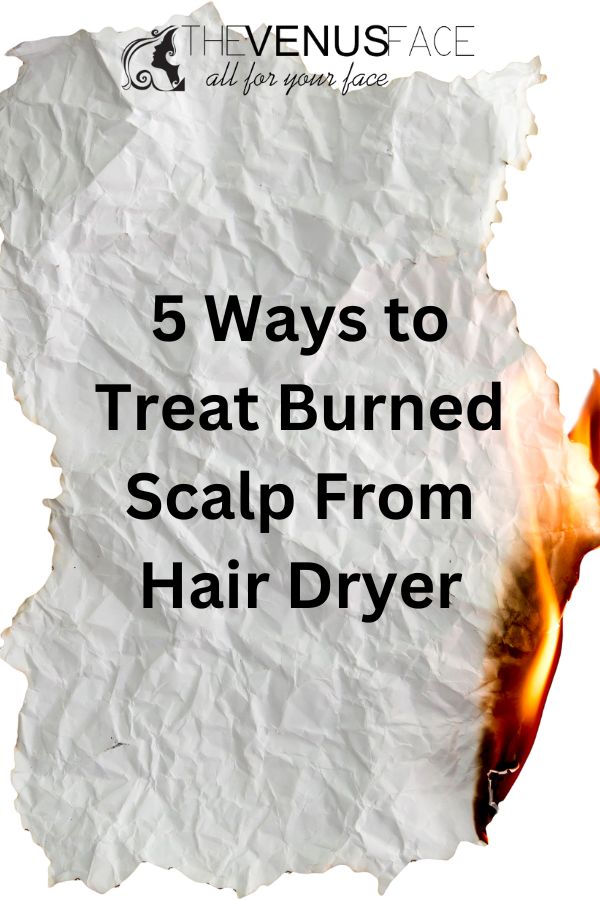
4 ways to treat burned scalp from hair dryers
If you’ve accidentally burned your scalp with a hair dryer, here are some steps to treat it:
1. Cool compress
Using a cool compress is a simple and effective method to soothe a burned scalp from a hair dryer. Here’s a detailed explanation of how to apply a cool compress:
Materials Needed:
- Clean, soft cloth or washcloth
- Cold water or ice cubes (optional)
- A small bowl (if using ice cubes)
Steps:
Prepare the Compress: If you’re using cold water, simply soak a clean, soft cloth or washcloth in it. Make sure the cloth is wet but not dripping. If you prefer an extra cold compress, you can use ice cubes. Fill a small bowl with cold water and add a few ice cubes to it. Allow the water to become very cold, but not freezing. Soak the cloth in this cold water for a few seconds until it’s adequately chilled.
Wring Out Excess Water: After soaking the cloth, gently wring it out to remove excess water. You want it damp but not dripping to avoid making a mess.
Apply to the Burned Scalp: Carefully place the damp cloth on the burned area of your scalp. Make sure it covers the entire affected area.
Hold in Place: Hold the compress in place on your scalp for about 10-15 minutes. This will help cool down the burnt area and reduce inflammation.
Repeat as Needed: You can repeat this process several times a day, as needed, to continue relieving discomfort and promoting healing. Allow your scalp to rest between applications.
Avoid Direct Ice Contact: If you’re using ice cubes, make sure they are not in direct contact with your scalp. The cold water from the cloth will provide the necessary cooling without risking frostbite or further damage.
Pat Dry: After using the cool compress, gently pat your scalp dry with a clean, soft towel. Avoid rubbing, as this can further irritate the burned area.
A cool compress helps reduce pain, redness, and inflammation by constricting blood vessels in the affected area. It can provide immediate relief and is a safe and accessible method to treat a burned scalp from a hair dryer.
2. OTC Pain Relief Medications
Using over-the-counter (OTC) pain relief medications can be helpful for managing the discomfort associated with a burned scalp from a hair dryer. Here’s a detailed explanation of how to use OTC pain relief for this purpose:
Types of OTC Pain Relief Medications
There are several types of OTC pain relief medications available, but two of the most commonly used for burns are:
Acetaminophen (Tylenol): Acetaminophen is a pain reliever and fever reducer. It can help reduce pain associated with burns but does not have anti-inflammatory properties.
Ibuprofen (Advil, Motrin): Ibuprofen is a nonsteroidal anti-inflammatory drug (NSAID) that can help reduce pain, inflammation, and fever. It can be especially useful if your burned scalp is swollen and inflamed.
Steps to Use OTC Pain Relief for a Burned Scalp:
Read the Label: Carefully read the label and follow the dosing instructions on the OTC pain relief medication you choose. Make sure to check for any specific warnings or precautions.
Choose the Appropriate Medication: Depending on your preferences and any preexisting medical conditions, you can choose either acetaminophen or ibuprofen. It’s essential to pick one that is safe for you based on factors such as allergies, other medications you might be taking, and medical history.
Take with Food: It’s generally a good idea to take pain relief medications with food to help prevent stomach upset. Follow the recommended dosing schedule provided on the packaging.
Stay Hydrated: Ensure you drink plenty of water when taking pain relief medications, as they can sometimes be hard on the stomach.
Monitor for Side Effects: Be aware of any potential side effects of the medication you’re using, such as dizziness, upset stomach, or allergic reactions. If you experience any severe or unusual side effects, stop taking the medication and seek medical attention.
Follow the Recommended Dosage: Do not exceed the recommended dosage, as this can lead to adverse effects or complications. If the pain persists, consult a healthcare professional for guidance.
Consult a Healthcare Professional: If you have any doubts or concerns about using OTC pain relief medications, or if the burn is severe, consult a healthcare professional for guidance on the appropriate treatment.
It’s essential to use OTC pain relief medications as directed and in moderation. These medications can help manage pain and discomfort, but they should not be a substitute for proper wound care and other recommended treatments for burned scalp recovery. If the burn worsens or shows signs of infection, seek medical attention promptly.
3. Aloe vera
Aloe vera is a natural remedy known for its soothing and healing properties, making it beneficial for treating a burned scalp from a hair dryer. Here’s a detailed explanation of how to use aloe vera for this purpose:
Materials Needed:
- Aloe vera gel(if using fresh aloe vera)
- Clean, soft washcloth or gauze pads (optional)
- Mild, unscented liquid soap or baby shampoo (for cleaning, if needed)
Steps to Use Aloe Vera for a Burned Scalp:
Choose Aloe Vera Gel: You can purchase pure aloe vera gel from a store or pharmacy. Ensure that it is 100% aloe vera without added fragrances or chemicals for the best results.
Wash Your Hands: Before applying aloe vera gel to your burned scalp, wash your hands thoroughly with soap and water to prevent contamination.
Cleanse the Burned Scalp (if needed): If your scalp is dirty or has debris on it, gently clean it using mild, unscented liquid soap or baby shampoo and lukewarm water. Rinse and pat dry.
Apply Aloe Vera Gel: Scoop a small amount of aloe vera gel onto your fingertips. Gently apply it to the burned area of your scalp. Be careful not to rub or press too hard, as the skin is sensitive.
Massage Gently: Using gentle, circular motions, massage the aloe vera gel into the burned scalp. This helps distribute the gel evenly and promotes absorption.
Leave it On: Allow the aloe vera gel to sit on your scalp for at least 15-20 minutes to provide soothing relief. You can leave it on longer if desired.
Rinse (optional): While it’s not necessary to rinse aloe vera gel from your scalp, if you prefer to do so, you can use lukewarm water to gently rinse it off after the recommended time.
4. Moisturizer
Using a moisturizer on a burned scalp from a hair dryer can help keep the skin hydrated, reduce dryness, and promote healing. Here’s a detailed explanation of how to use a moisturizer for this purpose:
Materials Needed:
- Gentle, fragrance-free moisturizer (such as a hypoallergenic or dermatologist-recommended product)
- Clean, soft washcloth or gauze pads (optional)
- Mild, unscented liquid soap or baby shampoo (for cleaning, if needed)
Steps to Use Moisturizer on a Burned Scalp:
Choose the Right Moisturizer: Select a moisturizer that is gentle, hypoallergenic, and free of fragrances or harsh chemicals. Look for products labeled as suitable for sensitive skin.
Wash Your Hands: Before applying moisturizer to your burned scalp, wash your hands thoroughly with soap and water to prevent contamination.
Cleanse the Burned Scalp (if needed): If your scalp is dirty, has debris on it, or you haven’t cleaned it recently, gently clean it using mild, unscented liquid soap or baby shampoo and lukewarm water. Rinse and pat dry.
Apply a Small Amount of Moisturizer: Take a small amount of the moisturizer onto your fingertips. Start with a pea-sized amount and add more if needed.
Gently Massage into the Scalp: Use your fingertips to gently massage the moisturizer into the burned area of your scalp. Avoid pressing too hard or using excessive force, as the skin is sensitive.
Massage in Circular Motions: Using gentle, circular motions, work the moisturizer into the skin. This helps evenly distribute it and promotes absorption.
Allow it to Absorb: Leave the moisturizer on your scalp to absorb for a few minutes. It should penetrate the skin to provide hydration.
Remove Excess (optional): If you feel that there is excess moisturizer on your scalp, you can use a clean, soft washcloth or gauze pad to gently blot or wipe away any residue.
Reapply as Needed: You can reapply the moisturizer 2-3 times a day or as often as necessary to maintain skin hydration and comfort. Continue using it until your scalp is fully healed.
Important Tips: Avoid using heavy or greasy moisturizers, as they may clog pores and hinder healing.
Be consistent with your moisturizer application, as it helps prevent the skin from becoming too dry and uncomfortable during the healing process.
If you notice any signs of infection or worsening symptoms, or if the burn doesn’t improve, consult a healthcare professional for guidance.
Using a moisturizer can help soothe and hydrate the skin on a burned scalp, making the healing process more comfortable.
Final thoughts
Now you know hot to treat burned scalp from hair dryer. By following the steps and remedies outlined in this guide, you can alleviate discomfort, promote healing, and prevent future occurrences. Remember, prioritizing your scalp’s health and safety during hair care routines is key to maintaining beautiful and healthy hair.
